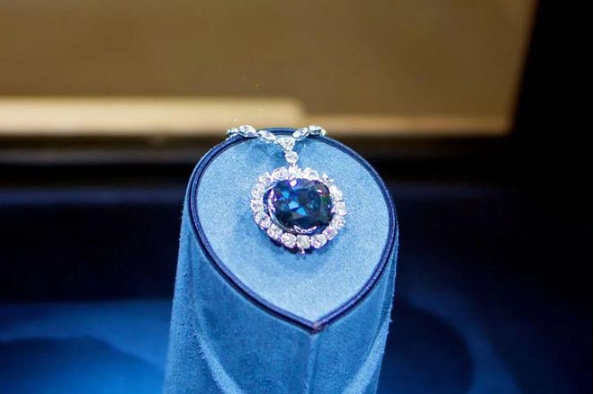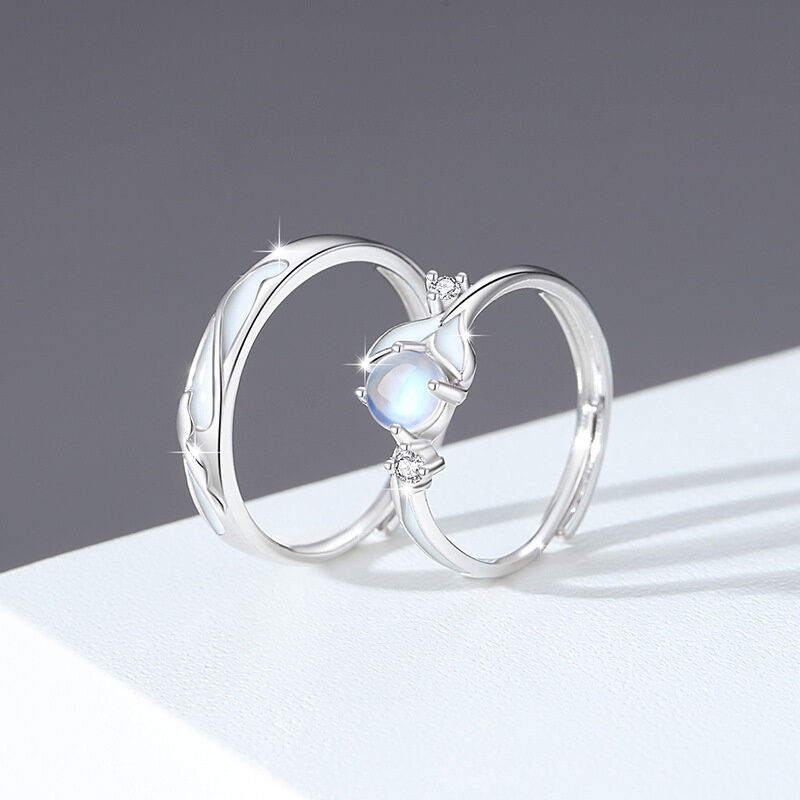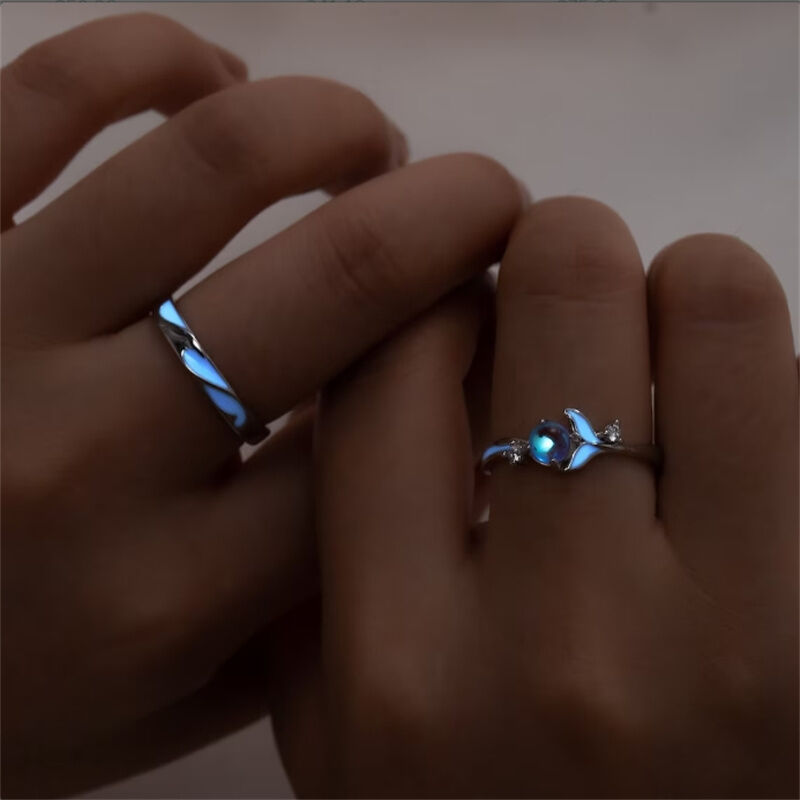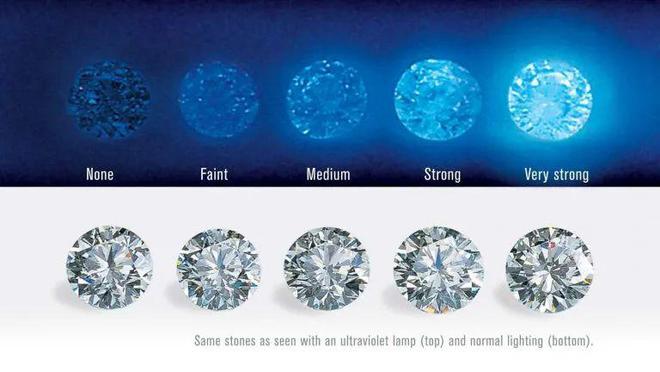Many people used to believe that fluorescence would damage the transparency of diamonds and underestimated the value of fluorescent diamonds. But as research on diamonds deepens, experts have found that one-third of diamonds are fluorescent, but less than 6% of natural diamonds can achieve strong fluorescence, which has led many people to pursue this rare diamond characteristic. Many jewelry designers have even started to design specifically for this point, creating the concept of “luminous diamonds”. It has to be said that making diamonds shine in the dark is indeed a bonus, do you think?
Navigate to:
What is a fluorescent diamond?
When a diamond is illuminated by ultraviolet light sources (such as sunlight or black light), it emits a soft glow, known as fluorescence. Once the ultraviolet light source is removed, the diamond will stop emitting fluorescence. Fluorescence is usually blue, but it also has rarer colors such as yellow, white, and orange, while colored diamonds may emit fluorescence in red, green, and other colors, such as the famous, which has red fluorescence.

Will all diamonds emit fluorescence?
About 25% to 35% of diamonds exhibit a certain degree of fluorescence under long wave ultraviolet radiation, but only 15% of diamonds can emit a “noticeable” light, and less than 6% of diamonds can reach moderate, strong, and very strong levels. More than 95% of these diamonds will emit blue fluorescence, and a very small number of diamonds will emit fluorescence of other colors, such as yellow or green.


Is there a level of diamond fluorescence?
Fluorescence is not a classification factor such as color, clarity, cut, and carat weight of the American Gemological Institute (GIA) 4C, but it is a recognition feature. The GIA Diamond Classification Report and Diamond Identification Report describe the fluorescence of diamonds based on their intensity under long wave ultraviolet radiation (none, weak, medium, strong, and very strong). If the fluorescence is medium, strong, or very strong, the color of the fluorescence will be indicated.

Will fluorescence affect the value of diamonds?
For a long time, the jewelry industry believed that fluorescence would disrupt the transparency of diamonds, making them appear hazy and causing them to become cloudy, thus damaging their value. However, research by professional gemstone laboratories such as GIA has found that fluorescence does not cause diamond turbidity. It only increases the turbidity caused by light scattering defects in diamonds, thereby reducing the contrast of their positive patterns. However, due to the rarity of light scattering defects, fluorescence does not have any impact on the transparency of diamonds for ordinary consumers.
However, many industry professionals still believe that fluorescence will lower the value of diamonds, so diamonds with very strong fluorescence in the D to H color range are usually priced lower than diamonds without fluorescence, even if their color and transparency are likely not affected by fluorescence. So, if you think in reverse, you may find a loophole!
On the other hand, experts believe that blue fluorescence can enhance the appearance of diamonds, especially for diamonds with colors ranging from I to M. Because blue fluorescence can make slightly yellow diamonds appear colorless under ultraviolet light (a part of natural light). Therefore, diamonds with color levels I to N and very strong to moderate blue fluorescence may have a slightly higher price per carat than diamonds with similar color levels that do not emit fluorescence.
This trend has become increasingly intense, and even a new brand Luminous Diamonds focuses only on the design of fluorescent diamonds. The brand’s slogan is: “Celebrate and follow the light of the heart.” It believes that fluorescent diamonds, like the faint light of a glacier under the Northern Lights, can emit wonderful and dazzling light. Therefore, all designs will use fluorescent diamonds to outline geometric shapes, leaving a sense of space for light to emanate from within in the darkness.
Correcting the misconceptions about fluorescent diamonds and embracing their magical charm while keeping up with the times? No matter night or day, it can shine brightly, and from the perspective of fashion or cost-effectiveness, it is a good choice!
More Funny News:
